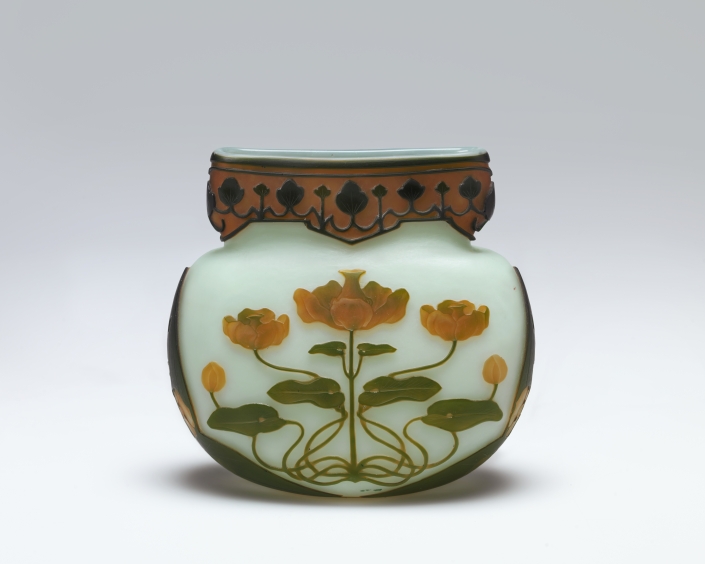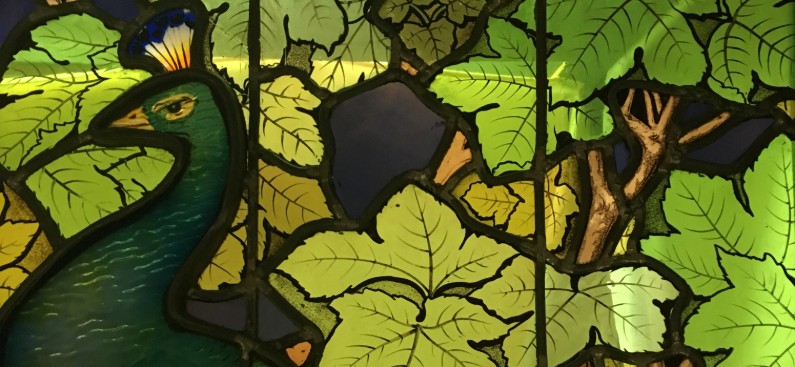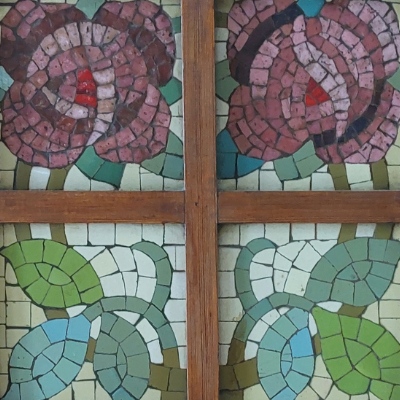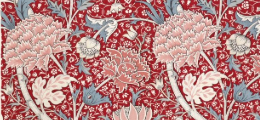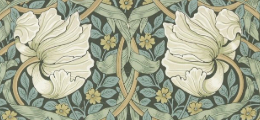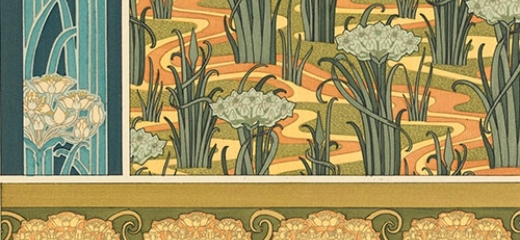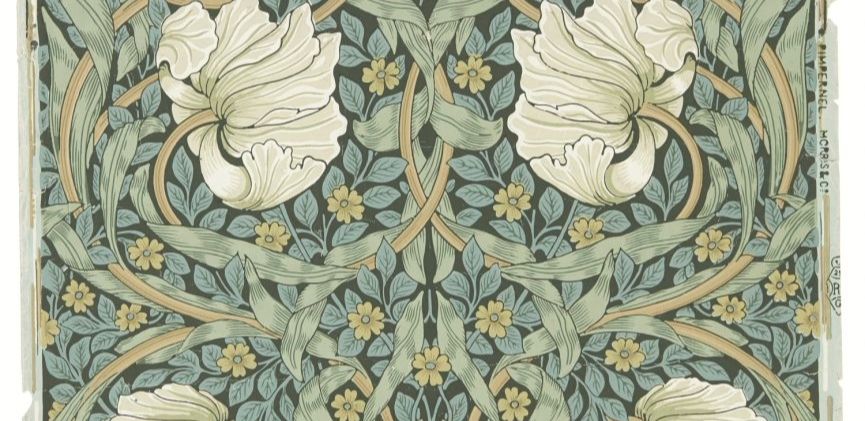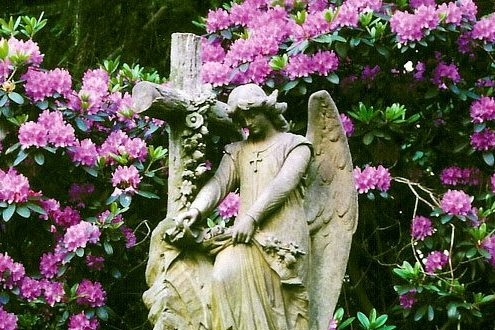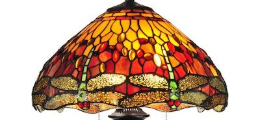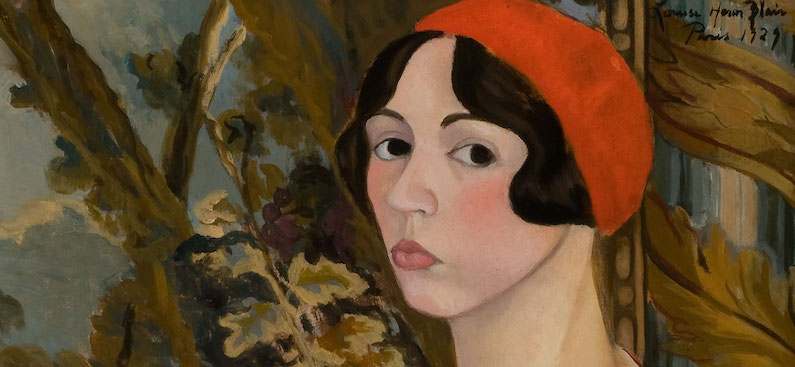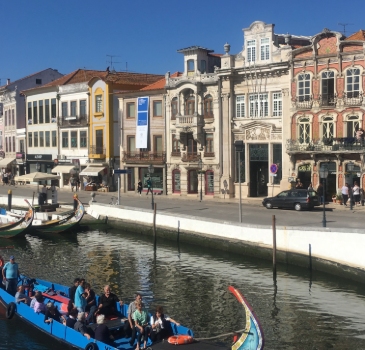Art Nouveau is a worldwide phenomenon that began in the late 19th century1. It is recognized as a cohesive element of European culture and is considered a distinct style, or a collection of movements, rather than just a movement. This style emerged and quickly disappeared, like flowers do.
Terminology Across Europe The term “Art Nouveau” literally means “new art”. However, the movement adopted various names depending on the country or region:
• Germany called it Jugendstil, derived from the popular Munich magazine Jugend. Other names used included “Schnorkelstil” (flourish-style) and “Bandwurmstil” (tapeworm style).
• In Austria, it was known as Secessionsstil, reflecting the influence of the Vienna Secession movement. This movement itself was a global phenomenon starting in the late 19th century.
• Hungary referred to it as Hungarian Secession style or “szecesszió,” meaning “Exodus”.
• In the Czech Lands, it was termed “secese”.
• France primarily used Art Nouveau, but sometimes “Modern Style”.
• Italy used Liberty Stile, named after Liberty’s London store, or “Stile floreale”.
• Belgium had names like “Paling stijl” (eel style), “Le Style des Vingt,” or “La Libre Esthetique”.
• Spain and Catalonia adopted the term Modernismo and Modernisme.
• In England, it was commonly called Art Nouveau or “Modern Style”. The British Arts and Crafts movement was sometimes considered a subset of Art Nouveau.
Key Characteristics and Principles Art Nouveau architecture and design were characterized by several distinctive features:
• Organic and Curved Forms The style embraced nature, featuring sinuous curves and floral motifs, recognizing that the natural world is full of curved forms, not straight lines. This extended to elements like flowing floral electric light fixtures.
• Honesty of Structure Architects like Horta advocated for honesty in architecture, meaning that structural elements such as iron and rivets should remain visible, and ornamentation should follow the building’s structural logic, with facades reflecting internal functions. However, this “naked construction” was sometimes controversial.
• Integration of Arts (Gesamtkunstwerk) Art Nouveau often pursued the concept of a Gesamtkunstwerk, or a “total work of art”. This meant viewing the entire building as a single entity, unifying sculpture, industrial and ornamental arts, traditional crafts, and even peasant culture. It integrated various decorative arts directly into the architecture.
• Emphasis on Ornamentation The style placed a strong emphasis on new forms of ornamentation, which became fundamental to its aesthetic3031. While sometimes appearing structural, these decorative elements were often purely rhetorical.
• New Materials and Technologies Art Nouveau was significantly influenced by new materials and construction techniques, incorporating iron, glass, and ceramics.. Exposed metal structures were a notable feature, as were materials like glazed pyrogranite, stained glass, carved ivory, and sheet brass.
• Rejection of Historicism The movement marked a deliberate break from historically appropriate or revivalist styles. It aimed to move beyond the “architectural lies” and “pseudo monumental phrases” of historicism, seeking a “new art” that was not bound by past traditions.
• Reflection of Modern Life Proponents, such as Otto Wagner, argued that architecture should reflect the needs of modern human beings and modern life. This included focusing on practicality, utility, comfort, and hygiene, leading to an “independent artistic formation” relevant to contemporary circumstances.
• National Identity In some regions, particularly Hungary and the Czech Lands, Art Nouveau took on ideological functions, serving as a tool for creating a distinct national style and liberating architectural expression from foreign (e.g., German, Austrian) influences. This was seen as a conscious “willpower of style”.
Notable Architects, Works, and Movements. The movement saw significant contributions from various architects and artists across Europe:
• Victor Horta (Belgium) is often credited with the first full expression of Art Nouveau. His notable works include the Hôtel Tassel (1892-93), known for its curved metal bay window; the Maison du Peuple (1895-1898), featuring an exposed iron structure; and the Hôtel Solvay (1895-1898), characterized by visible metal, open spaces, and a monumental staircase with stained glass.
• Otto Wagner (Austria) was a leading figure in modern architecture. His work, like the Postsparkasse (Postal Savings Bank) which famously utilized aluminum, and the Länderbank in Vienna, showcased an emphasis on construction and functionality. He was a key figure in the Vienna Secession.
• Gustav Klimt (Austria) co-founded the Vienna Secession in 1897. His controversial works, such as Nuda Veritas (1899) and the Faculty Paintings for the University of Vienna, challenged conventional artistic norms. He also created the Beethoven Frieze (1902) for the 14th Secession Exhibition.
• Joseph Maria Olbrich (Austria) designed the iconic Secession building, aiming t o highlight the visual quality of natural plasterwork in its original state.
• Josef Hoffmann (Austria), a co-founder of the Wiener Werkstätte contributed to early abstract art through designs like the exit door for the Beethoven exhibition. The Wiener Werkstätte focused on producing highly crafted works for an exclusive clientele.
• Charles Rennie Mackintosh (Scotland), known for the Glasgow School of Art building, had a considerable influence on the Viennese art scene.
• Alphonse Mucha (Czech Republic/France) revolutionized poster art, making it accessible to all…. His work, including The Slav Epic (1912-1928) and the Mayor’s Hall’s fresco in Prague’s Municipal House, often expressed themes of Pan-Slavism and national identity.
• Lluís Domènech i Montaner (Spain) designed the Sant Pau Art Nouveau Site in Barcelona, recognized as a UNESCO World Heritage site, and the Casa Solà Morales (1913-1916) in Olot.
• Émile Gallé (France), a key figure in the Nancy School, was known for his artistic glassware and decorative arts.
• Ödön Lechner (Hungary), a proponent of a distinct national architectural style, famously stated, “Hungarian Form Language has not Been, but Will Be”.
Preservation and Reception of Art Nouveau Heritage Despite its artistic and historical significance, many Art Nouveau creations are still unknown, unprotected, or in poor condition. Organizations like UNESCO and ICOMOS play a crucial role in their preservation. Challenges in conservation include finding skilled craftsmen, sourcing original materials, and securing adequate financial support.
Notable preservation efforts include:
• The Brasserie Excelsior in Nancy, which was designated a historic monument in 1976 after public outcry.
• The Municipal House in Prague, protected as national cultural heritage in 1989 and now part of the UNESCO World Heritage List.
• The School of Applied Arts in Strasbourg, which was listed as a historic monument in 1981.
• The Mackintosh School of Art in Glasgow, which has undergone extensive rebuilding and restoration after two fires, aiming to honor its original architect.
The broader Réseau Art Nouveau Network (RANN) connects institutions and cities in 15 countries, working to raise awareness about the European and universal value of Art Nouveau heritage.
